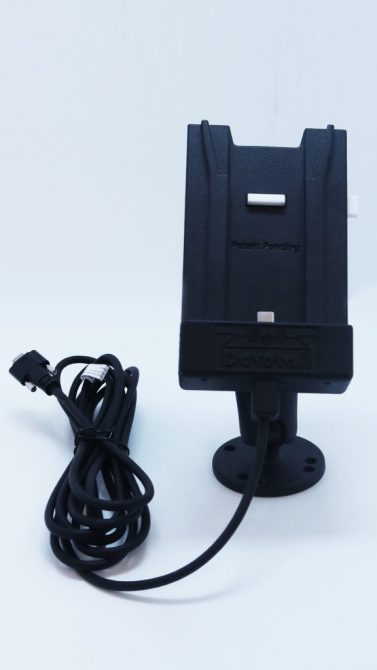
3D printing could be a game-changer for Canadian OEMs
By Nicholas Tari, mechanical designer, D&R Electronics
Electronics Printable Electronics 3D printingCustom, low-volume manufacturing makes 3D printing a good fit for production needs
D&R Electronics has called Bolton, Ontario home since 1976, but the past five years have been among the most significant in our 45-year history. That’s because 3D printing – also known as additive manufacturing (AM) – has emerged as a powerful enabler and given us a major competitive advantage.
Our specialty is custom, low-volume manufacturing, which is what makes 3D printing a great fit for our production needs. We manufacture a multitude of devices and equipment for first responders and public utilities: If you’ve wondered who makes the LED arrays for police cars, the storage systems in emergency vehicles, and the K-9 kennels in police SUVs… well, that’s us.

Source: D&R Eelectronics
These days, we use 3D printing for products that simply wouldn’t be possible – either due to cost or design complexity – with injection molding. We still use injection molding a lot, but it’s prohibitively expensive for many of our products. Unless the product has a fixed design for years, the exorbitant cost of creating a mold is a deal-breaker.
About five years ago, our 3D printing journey began in earnest. We partnered with Ontario-based Anubis3D to outsource production of components for a docking station to be used in emergency vehicles. That partnership helped us fully understand the key benefits and design freedom of 3D printing, and recently, we decided to move our 3D printing production in-house.
Design & production of 3D-printed part
The SLS (selective laser sintering) polymer 3D printer was a perfect fit for us, and not just because the machine produces quality parts with a wide range of materials. The EOS team was instrumental to our success, as they trained our staff on design and production of 3D-printed parts. There is a learning curve when jumping from traditional manufacturing to additive manufacturing – even for seasoned designers and engineers – so expert guidance is vital.
What kinds of things have we been able to accomplish with additive manufacturing? If you’ve seen the inside of a police car recently, you know that they’re mobile computing platforms. There’s a laptop or smartphone mounted over the centre console, as these devices are mission-critical for public safety professionals. Those mounts are an example of how 3D printing has changed the game for us.
Small-batch production, highly customized products
Smartphone dimensions change wildly from year to year and manufacturer to manufacturer, so creating mounts with injection molding would be incredibly costly. 3D printing allowed us to adapt our mounts to fit a wide range of devices with no tooling costs, and we created a universal docking station with swappable 3D-printed phone cases. Quite simply, 3D printing has made it possible to do cost-efficient, convenient, and fully customized small production runs – often as small as a single unit.
What advice would I give other companies looking to adopt 3D printing? Three best practices come to mind.
Identify the right projects: If you’re mass-producing identical parts from a fixed mold, 3D printing may not be a fit. But sometimes, 3D printing is the only for small-batch production, highly customized products, iterative designs, and complex geometries, 3D printing is a perfect fit.
Moving from traditional to additive manufacturing
Seek the perfect partnerships: The right partners can make all the difference. We were lucky enough to have a great partner in Anubis3D when we were outsourcing production, and a great partner in EOS when we brought production in-house. If you’re moving from traditional to additive manufacturing, end-to-end guidance is key.
Understand the role of 3D printing: We don’t use 3D printing as a ‘replacement’ for traditional manufacturing processes. It complements processes such as injection molding and makes us stand out in terms of our capabilities. For low-volume custom manufacturing, 3D printing makes us more versatile, cost-efficient, and competitive.
